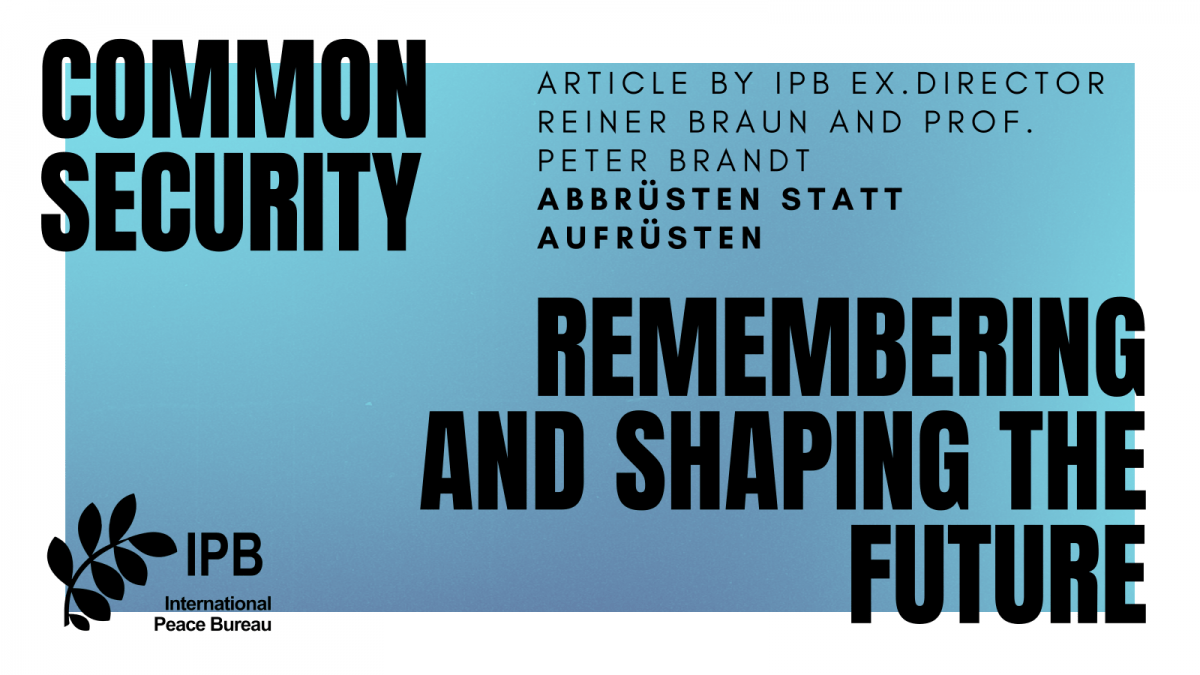IPB is calling for a ceasefire in Ukraine for Christmas 2022/2023, from the 25 December to the 7 January, as a sign of our shared humanity, reconciliation and peace.
To be a part of our appeal for peace and negotiations, please sign our petition on the Christmas appeal website.
The Christmas Peace Appeal is available in seven different languages available on the website, where you can also learn about the history of the 1914 Christmas Truce. If your language is not covered by our translations and you would like us to add it to our website, send a translation to: ipb@info-office.berlin.
IPB has put together a collection of proposals and possibilities for a ceasefire and resolution to the conflicts between Russia and Ukraine. The document is available here.









